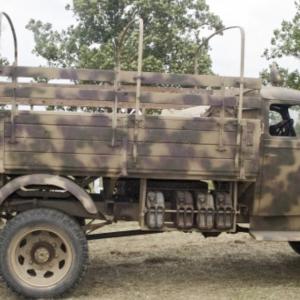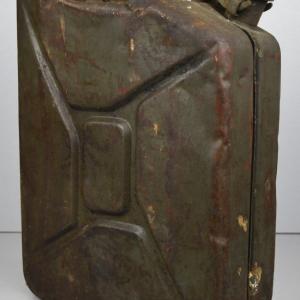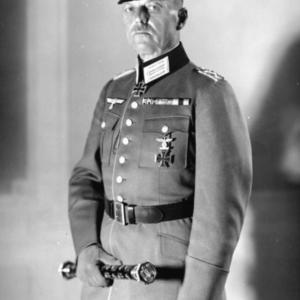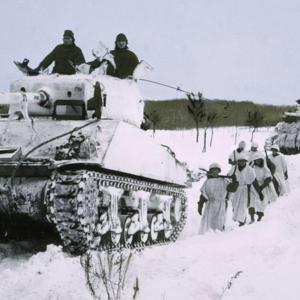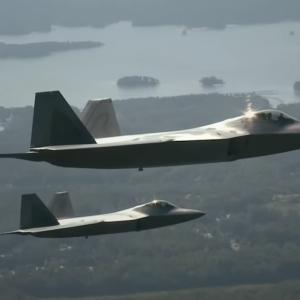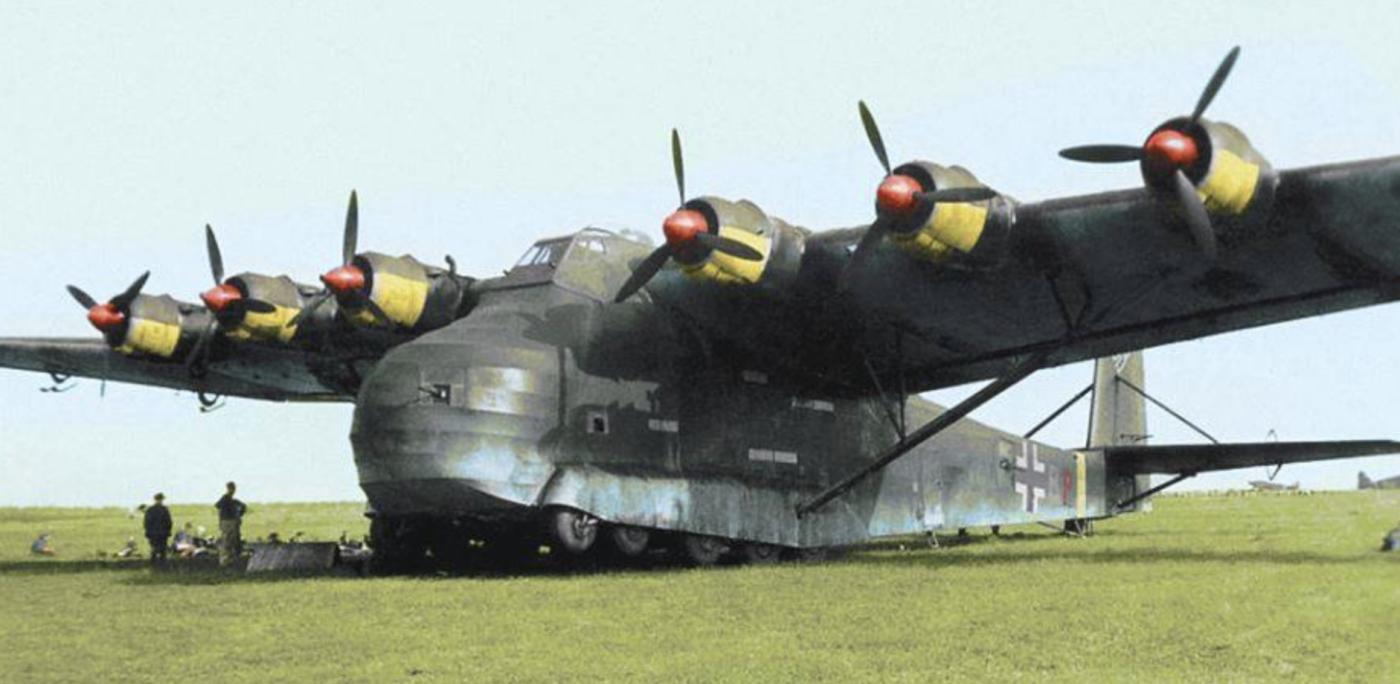
Messerschmitt ME 323 Giant
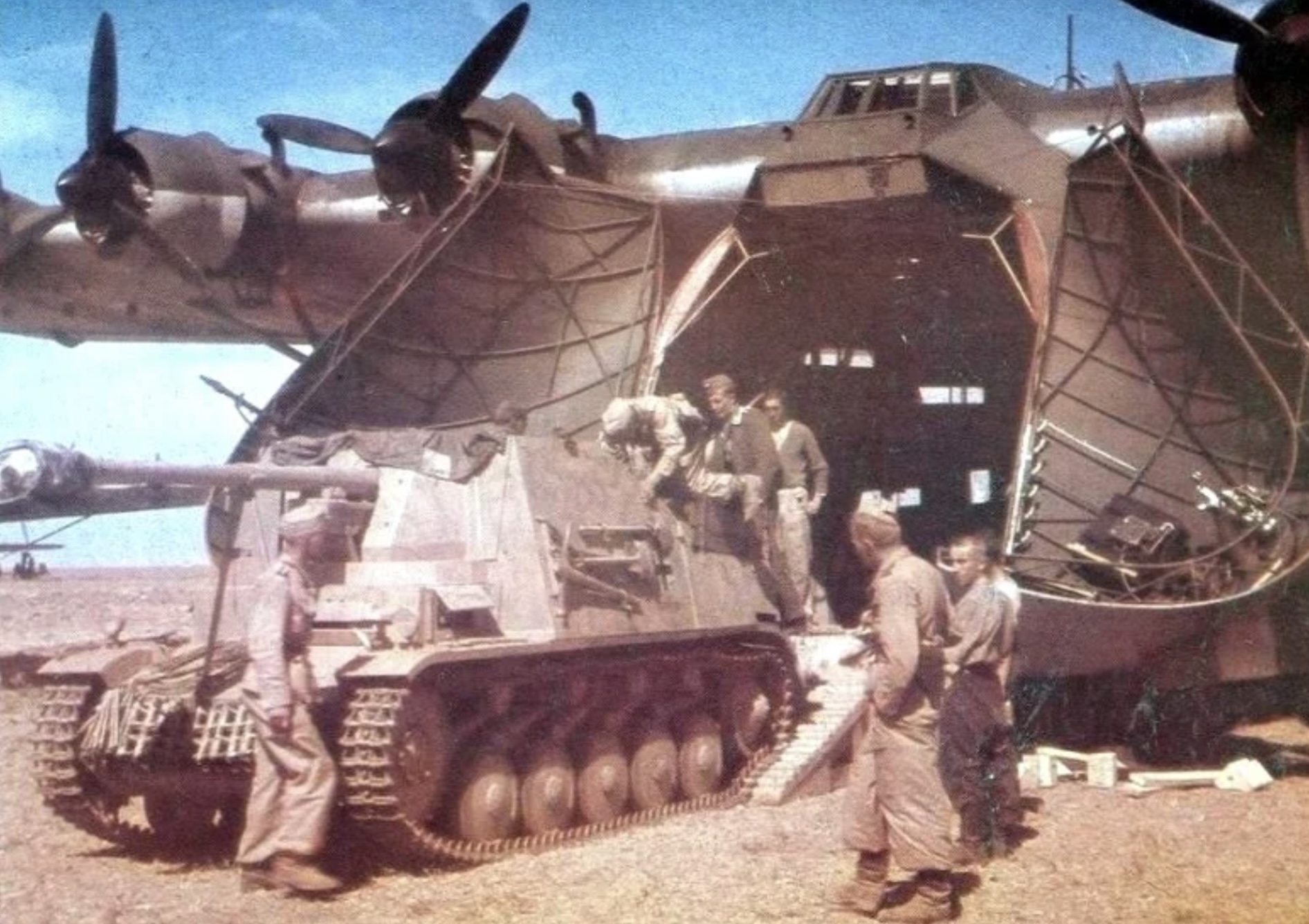 The Messerschmitt Me 323 "Gigant" was one of the largest transport aircraft used during World War II, designed by Germany to move heavy equipment and troops across long distances. It stood out not only for its enormous size but also for its unconventional development path. The aircraft began as a glider—known as the Me 321—created in response to Germany’s need for a heavy-lift assault glider early in the war.
The Messerschmitt Me 323 "Gigant" was one of the largest transport aircraft used during World War II, designed by Germany to move heavy equipment and troops across long distances. It stood out not only for its enormous size but also for its unconventional development path. The aircraft began as a glider—known as the Me 321—created in response to Germany’s need for a heavy-lift assault glider early in the war.
The Me 321 was designed to carry tanks, artillery, vehicles, and large numbers of troops. However, it had no engines and relied on being towed into the air by multiple aircraft or rocket-assisted takeoff systems. This setup was difficult, slow, and dangerous. To improve its usefulness, German engineers decided to turn the glider into a powered transport aircraft, resulting in the creation of the Me 323.
The design and development of the Me 323 were led by engineers at Messerschmitt AG. The project was overseen by Willy Messerschmitt, the founder and chief designer of the company. Under his leadership, a team including Josef Fröhlich, who played a key role in the design of heavy transport aircraft, adapted the Me 321 glider for powered flight. They added six engines, strengthened the airframe, and installed a fixed landing gear to create a fully operational transport aircraft capable of taking off under its own power.
The first prototype used only four engines, but tests showed this wasn’t enough to lift the heavy airframe reliably. Later versions used six Gnome-Rhône 14N radial engines, each producing around 1,140 horsepower. These were French-designed engines that Germany used after the occupation of France. With these engines, the Me 323 could finally manage the heavy loads it was designed for, though it still needed long runways and often required rocket boosters for heavily loaded takeoffs.
Between 1942 and 1944, around 200 Me 323s were built. Some were converted from existing Me 321 gliders, while others were constructed from scratch. The aircraft had a vast cargo hold capable of carrying up to 12 tons of equipment—such as vehicles, artillery pieces, fuel barrels, and other military supplies. It could also transport over 120 fully equipped troops or carry wounded soldiers on stretchers.
Although it was incredibly useful for logistics, the Me 323 had major limitations. It was slow, with a cruising speed of just over 200 kilometers per hour, and had very limited defenses. Because of its size and sluggishness, it was extremely vulnerable to enemy fighter attacks. Several were shot down during missions, especially in the Mediterranean and North African theaters where they were used to supply German forces.
Despite its vulnerabilities, the Me 323 "Gigant" represented a bold solution to the challenges of wartime transport. Thanks to the vision of Willy Messerschmitt, the work of Josef Fröhlich, and their team of engineers, the Luftwaffe briefly operated one of the largest aircraft ever built during the war—one that could carry the loads of several regular transport planes in a single flight. It remains one of the most remarkable military aircraft designs of the Second World War.

